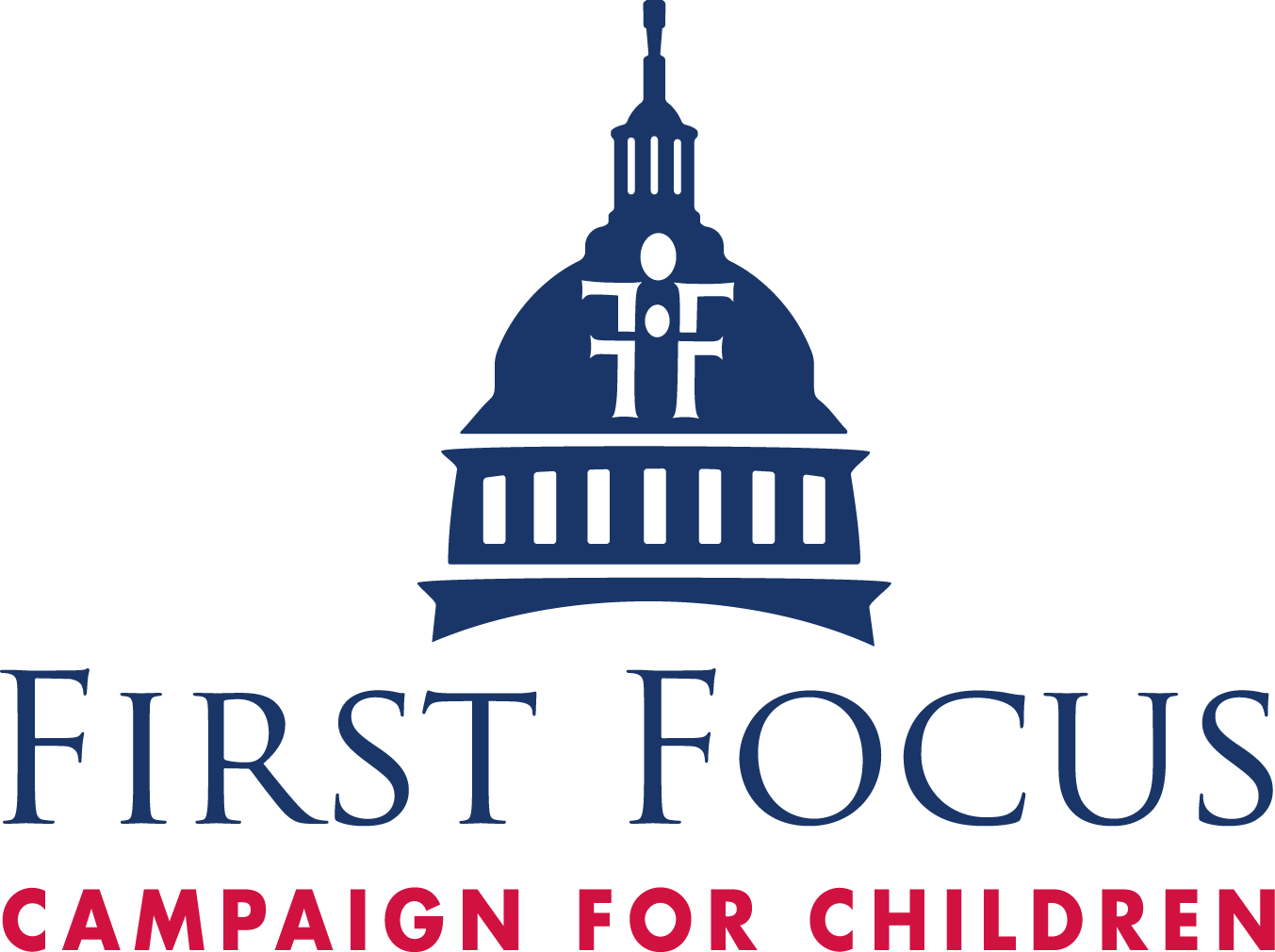
Despite continual reports over steady growth and declining unemployment in our economy, yesterday the U.S. Census Bureau reported that 17.5 percent of children in the U.S. were living in poverty in 2017 (the official poverty line for a family of four with two children is $24,858).
We know that economic gains are not reaching low-income households with children. Recent data from the Urban Institute shows that 40 percent of non-elderly households had trouble meeting at least one basic need for food, healthcare, housing or utilities in 2017. This hardship increased for households with children, especially those headed by a single parent.
Our child poverty rate remains stubbornly high when compared with other industrialized countries, and children continue to experience the highest rates of poverty in the U.S. While children make up 22.7 percent of the U.S. population, they account for 32.3 percent of the population living in poverty.

Due to our country’s long history of structural racism and discrimination, children of color continue to experience poverty at nearly three times the rate of white children, and the 18 million children who live in a family with at least one immigrant parent face unique cultural and systemic barriers to obtaining economic security. Fear of deportation, family separation, and the threat of the expansion of the public charge rule drives immigrant children and families away from accessing critical benefits.
Yet the good news is that the U.S. Census Bureau data also tells us that the child poverty rate would be much higher without effective anti-poverty programs such as refundable tax credits and the Supplemental Nutrition Assistance Program (SNAP). Nearly 4.5 million children were lifted out of poverty by refundable tax credits alone in 2017 – the child poverty rate would be 39 percent higher without the Earned Income Tax Credit and Child Tax Credit.

This data confirms what we know to be true – increasing access to resources such as income supports, nutrition assistance, housing assistance, early childhood education, health care, and quality K-12 education reduces child poverty and promotes healthy development which has long-term positive benefits for a child’s life.
While reducing child poverty is not an easy task, we know that it is possible if there is political will.
The Child Poverty Reduction Act (S. 1630/H.R. 3381) would establish a national target to cut the child poverty rate in half within a decade and eliminate it within 20 years as well as mandate that the federal government create a national plan to meet these targets. A national target would provide a tool for advocates, the media, and the public to hold the government accountable for identifying and implementing effective interventions to reduce child poverty.
Be on the lookout for additional analysis of the 2017 Census poverty data from First Focus and the U.S. Child Poverty Action Group in the days to come.
Additional resources:

